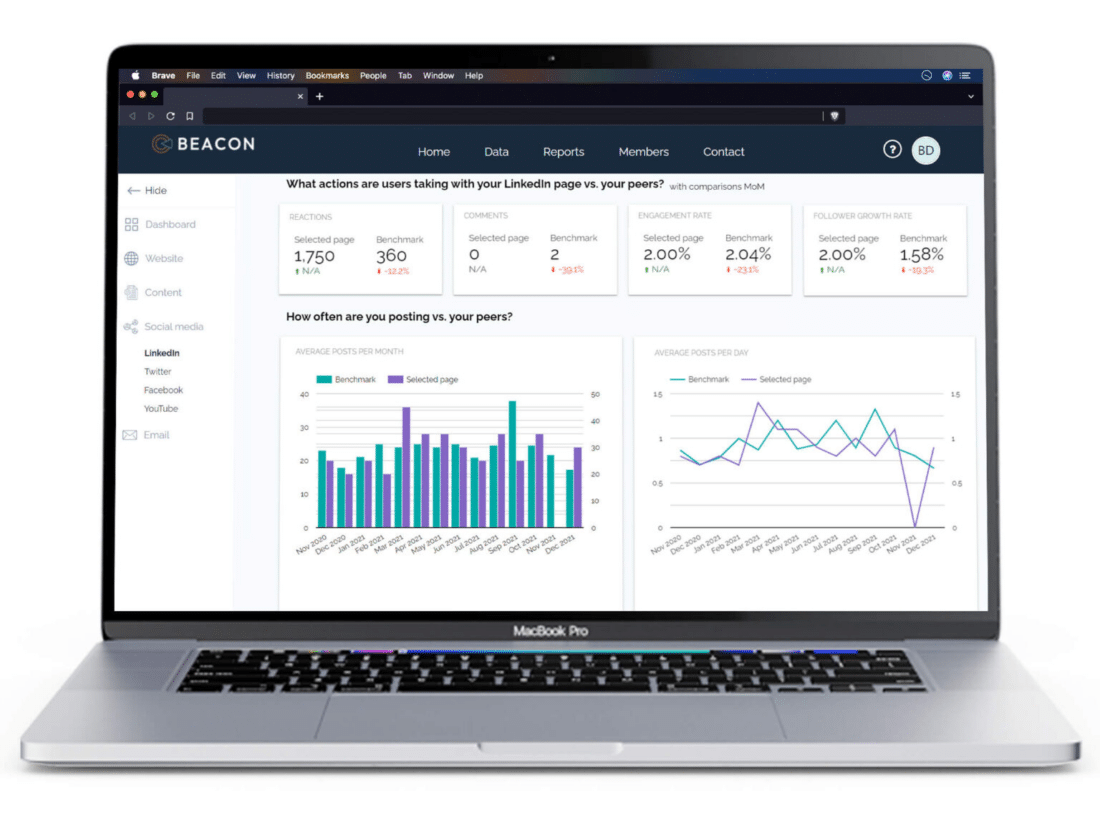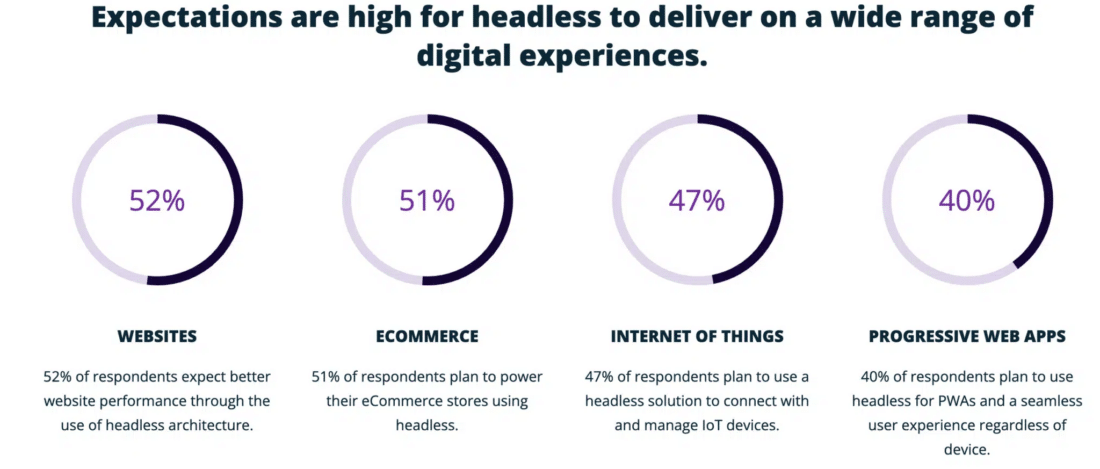Despite all the focus that’s been on mobile and responsive design, we still see a massive gap between website performance and our client sets between desktop and mobile.
Andrew Scott is Managing Director at White Marble Consulting, a specialty marketing consultancy practice for the global wealth and asset management industry. White Marble provides clients with branding; strategy and research; corporate positioning; and go-to-market planning.
As Managing Director, Scott makes sure that White Marble’s operations are ready for scale and leads the build of Beacon, their benchmarking product. He’s inspired by bridging the gap between marketing and technology.
In this episode of Velocitize Talks, Andrew Scott shares his insights on website analytics, the foundations of UX, and the beauty of headless.
UX Across the Board
When we think about user experience, we are doing a really deep dive with firms to understand what their proposition is, what their purpose is, how they articulate their products. All of that feeds into understanding their audiences.

One of White Marble’s core strengths is the laser focus they place on the user experience. They do this through integrated thinking and ability to view that experience from a variety of different angles.
A typical project for White Marble involves consolidating a client’s disparate websites and different domains into one single experience on a single domain for a smooth user experience.
“It’s the foundations that need to be put in place and we still see this in our industry,” says Scott. “Folks are still investing in the tool sets—the people, the processes, the platforms—that deliver not just great marketing, great content and great experiences but moving in paricular towards better segmentation and personalization.”
SEO for UX
While clients can be proficient at building campaigns and generating engagement, that won’t matter if the user experience falls flat.

“Once users land on the website, if it’s a poor experience, the chances of them sticking around and going through your journey is low,” Scott says. This is what makes measuring site performance and monitoring core web vitals so important. In order to maximize performance, the industry needs to change the way they think about fundamentals like creating landing pages.
A successful SEO strategy relies on the mobile experience as well. Many firms are not doing the work to ensure mobile site optimization in order to deliver quality performance across devices.
“We’re seeing such a gap between what people are achieving on their desktop, which tends to be not bad, and then their mobile design and site performance, which is incredibly slow,” Scott says.
Benchmarking with Beacon

How is their content around particular topics performing against other firms writing very similar things in the market?
Beacon is White Marble’s digital marketing benchmarking product. It analyzes a client’s website performance through traffic, analytics, social media, email, search, and thought leadership content.
“In our world, asset managers churn out a huge amount of thought leadership content on a monthly basis,” Scott says, “so we gather all of that data into a big database and we process it and then play it back to those member firms” in terms of benchmarking. That way, he says, they’re able to measure what good looks like.
Scott has noticed three areas of interest in site performance including the continued use of email as a primary channel; understanding social media relative to publishing; and story leadership content.
“We’re moving towards a more publishing mindset of saying, what does the audience want to read about, what do we want to write about, what’s the intersection of great content,” says Scott.
Content, Data & Headless
For me, the beauty of uncoupling the front end from the back end is that it gives you an opportunity to build out a really good marketing technology architecture and think about content and data.

There are many reasons why businesses switch to a headless CMS, like WP Engine’s Atlas: speed, security, more sophisticated architecture, to name just a few. Headless can help streamline the content process thereby facilitating a much smoother and consistent user experience. But aside from all the headless hype, the basic building blocks will continue to be a major factor.
“It still comes down to the really boring stuff like having clean data, having your CRM well set up, having a marketing technology stack that’s thought through and connected and purposeful,” Scott says. “Those are still the rudimentary elements that need to be in place.”
To learn more about White Marble Consulting, visit their website and follow them on LinkedIn, Instagram, and on Twitter at @whitemarbleteam. To keep up with Andrew Scott, follow him on LinkedIn.


0 Comments